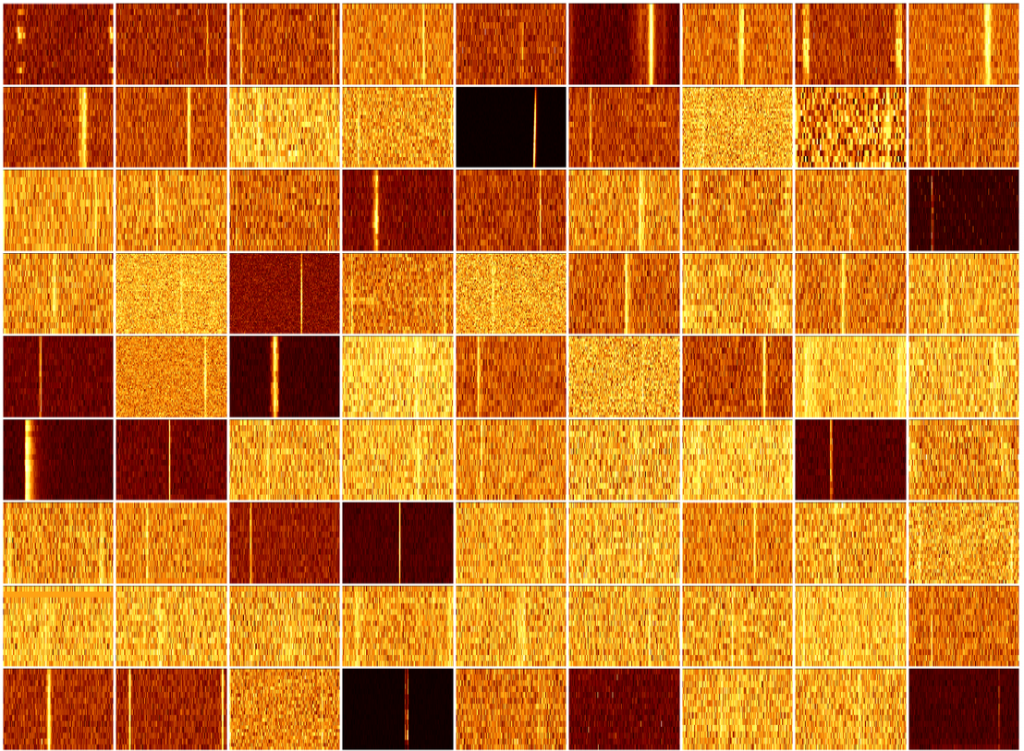Dec 2, 2022 : UTMOST-NS has made reached a major milestone, having just made its 25,000th pulsar timing measurement.
We have been timing pulsars in a new Southern Hemisphere program which kicked off at the Molonglo Radio Telescope in April 2021.
Many pulsars are observed daily, as they are in isolated regions of the sky. Other pulsars share the busy sky in the Milky Way, and are timed once a week.
We are timing just over 170 pulsars and magnetars and averaging around 70 pulsar measurements per day, so that the typical pulsar gets observed every few days.

The UTMOST team (Matthew Bailes, Marcus Lower and Chris Flynn) have been working with Liam Dunn, George Howitt, Pat Meyers, Christine Yi and Andrew Melatos (University of Melbourne) on a program to measure the amplitude and rate of pulsar glitches.
We check for new glitches after every pulsar observation, using an automated glitch detection method developed at the University of Melbourne.
The program has already picked up a glitch in the bright pulsar “Vela”.
We are using the newly fully-refitted North-South arm of the telescope, installed with in-house developed receivers, using 66 sub-telescopes positioned in an array and operating fully electronically.
UTMOST-2D’s pulsar timing program is a collaboration between Swinburne University of Technology, the University of Sydney and the University of Melbourne.